Learning the 4 R’s: Kansas City Area Students Strive to Reduce Food Waste
By Shari L. Wilson, Project Central
About 95 percent of the food we throw away ends up in landfills or combustion facilities. That is a huge problem for our country. Over the last year, I’ve had the pleasure of working with many great people to help schools in the Kansas City metro area understand more about food waste and what they can do to reduce it.
I really enjoy teaching the 4 R’s – refuse, reduce, reuse and recycle. “Refuse” means saying no to accepting unnecessary packaging, such as plastic bags. Kids get it. I also involve custodial and kitchen staff in the process. My focus is to help the school divert waste from the landfill, while remaining focused on not adding more work tasks to school staff.
Through a grant program funded by the Mid-America Regional Council’s Solid Waste Management District and the Missouri Department of Natural Resources, five schools composted more than 50 tons of waste last year, and so far this year, 13 schools have composted more than 36 tons.
A few of the schools I’ve been working with include Trailwoods Elementary, Rogers Elementary, and James Elementary, which are close to East High School in Kansas City, Mo. It’s the first time some of the students have been exposed to environmental education. Teachers and students are enthusiastic, and kids are sometimes leading the efforts in the lunchroom. These students have worked hard to become good environmental stewards.
I’ve enjoyed working with Jensen Adams, energy and sustainability manager, Kansas City Public Schools. He is an enthusiastic environmental partner, and totally engaged in getting kids involved in environmental protection.
My colleague in these efforts is Environmental Scientist Gary Kannenberg. We have worked to engage students in learning about food waste in the lunchroom, composting and waste diversion, and also with EPA Region 7 staff who have provided technical assistance, utilizing data and taking into consideration overall food costs at schools.
Joining EPA’s Food Recovery Challenge (FRC) brings many benefits, including:
- Reducing your environmental footprint
- Helping your community by donating nutritious, quality, unused food to feed hungry people
- Saving money by purchasing less and lowering waste disposal fees
- Gaining visibility by having your name listed on EPA’s website
- Receiving recognition through awards and social media
- Getting free technical assistance in the form of webinars, an online database, and resources to help you plan, implement and track your activities
- Getting a free climate change report to highlight your positive effect on the environment
My hope is to engage more schools in food waste education, and for schools to consider joining the Food Recovery Challenge. Currently, about 20 schools in Iowa, Kansas, Missouri and Nebraska have signed up for the FRC. The ultimate goal is to make food recovery part of the culture and curriculum in schools, and part of the students’ home environment.
About the Author: Shari L. Wilson founded Project Central to provide services primarily in the areas of education, environment, healthy communities, and the arts. She holds a Bachelor of Arts in history and philosophy from Washburn University, and a Master of Arts in ecology and evolutionary biology from the University of Kansas.

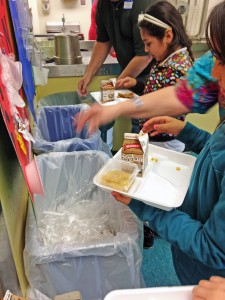
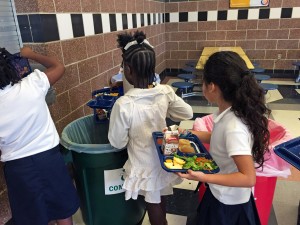
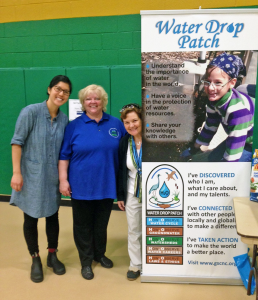
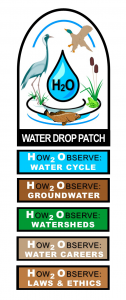
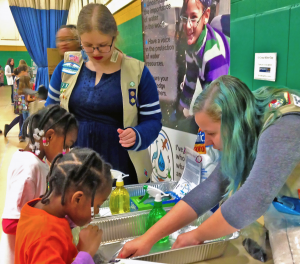
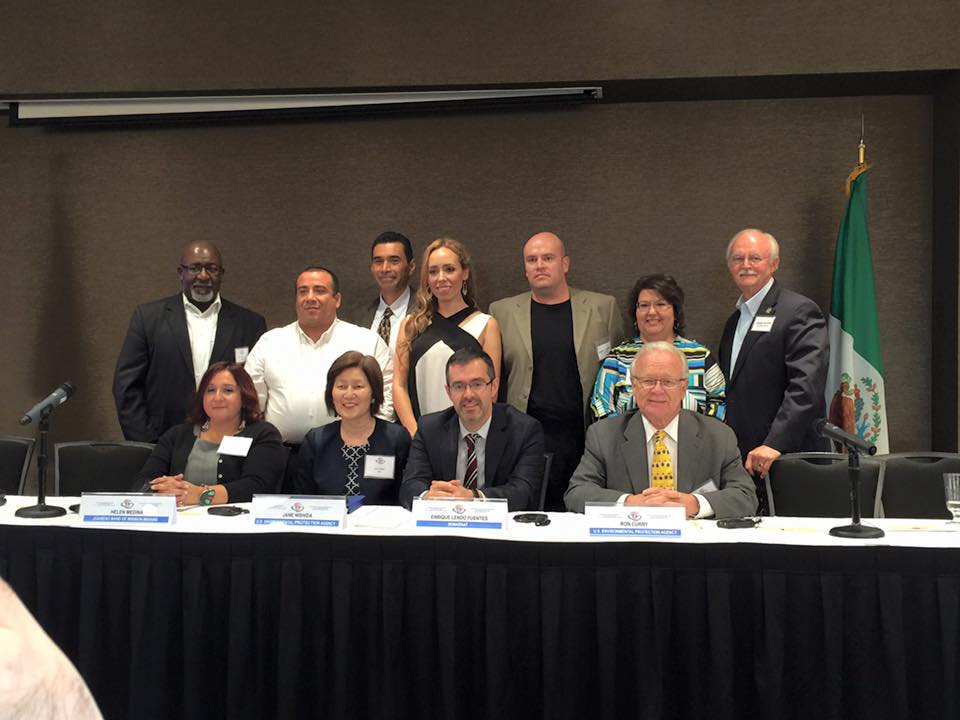

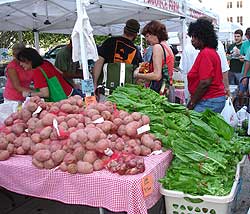 And as I overheard two shoppers say, “The fruits and vegetables just test better than what comes from large scale farms.”
And as I overheard two shoppers say, “The fruits and vegetables just test better than what comes from large scale farms.”